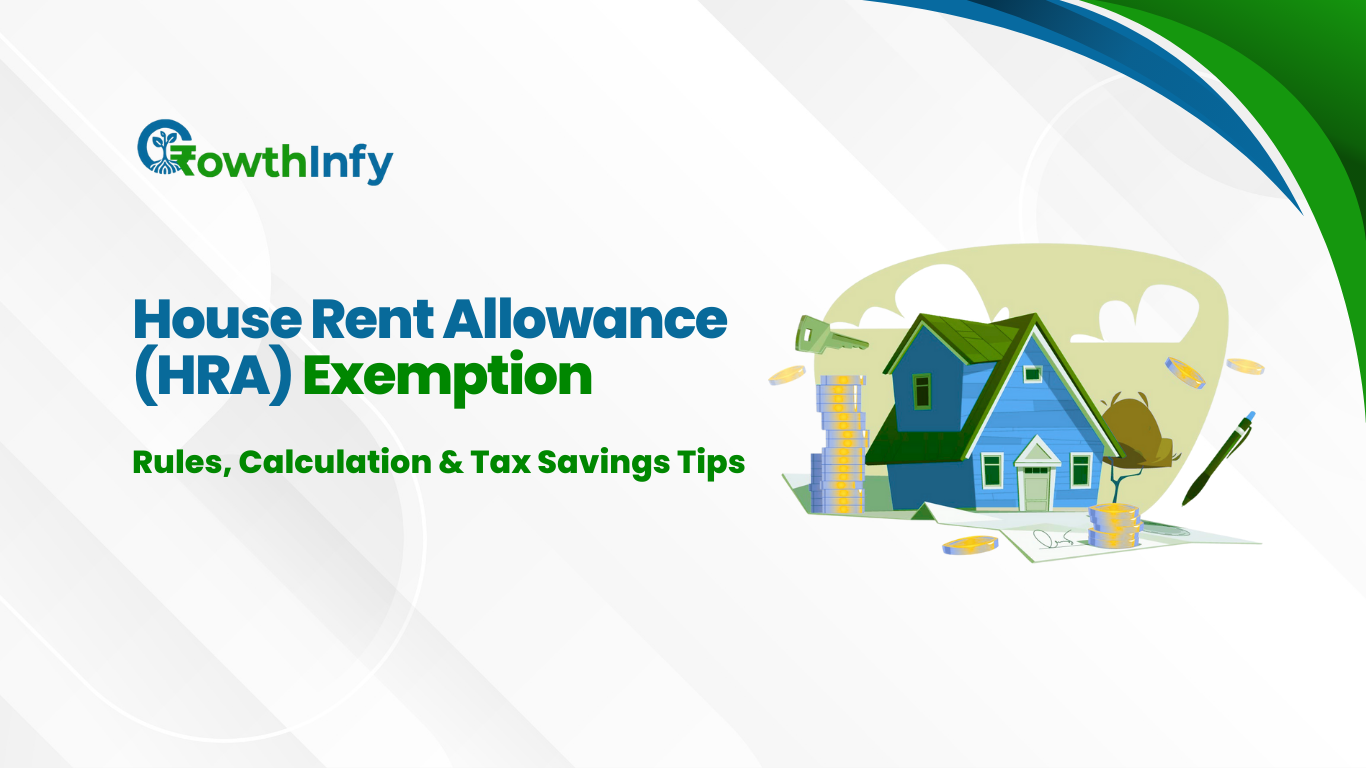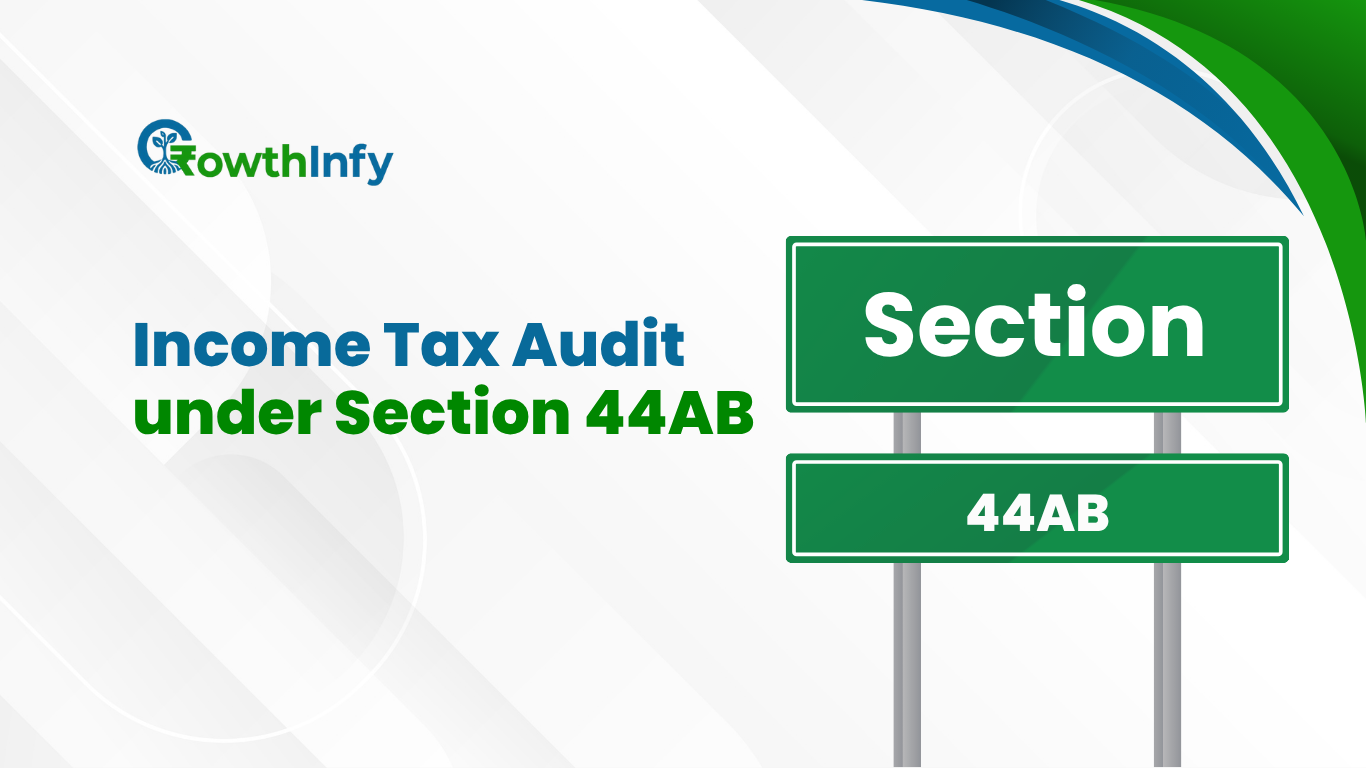Why Opt for the New Income Tax Regime? — A Detailed Expert Guide for Salaried Individuals
With this Budget, significant amendments have been made in India’s taxation structure, making it ever more attractive for the salaried class. This article focuses on why many salaried taxpayers are now opting for the new tax regime, laying down the benefits, the category of persons best suited for it, and its comparison with the old regime.
Key Features of the New Tax Regime
Lower Tax Rates with More Slabs: The new tax regime has introduced more tax slabs with reduced rates, making it beneficial for a wide range of incomes. For FY 2024-25, the slabs are:
with reduced rates, making it beneficial for a wide range of incomes. For FY 2024-25, the slabs are:
| Income Slab (₹) | Tax Rate |
| Up to 4,00,000 | 0% |
| Up to 4,00,000 | 0% |
| 4,00,001 – 8,00,000 | 5% |
| 8,00,001 – 12,00,000 | 10% |
| 12,00,001 – 16,00,000 | 15% |
| 16,00,001 – 20,00,000 | 20% |
| 20,00,001 – 24,00,000 | 25% |
| Above 24,00,000 | 30% |
- Higher Standard Deduction: Salaried persons will now get a standard deduction of ₹75,000 as per the new system, as against ₹50,000 in the old system, thus giving a rise to the zero-tax threshold to ₹12.75 lakh.
- Minimal Deductions and Exemptions: While most of the popular and traditional exemptions like HRA, LTA, and deductions under Section 80C (investments), 80D (health insurance) and the like are not granted, some are. These include the employer contribution to NPS under Section 80CCD(2) (up to 14 per cent of salary) and contributions to Agniveer Corpus Fund under Section 80CCH.
- Simpler Tax Filing Process: While keeping and submitting proofs for a fab plethora of exemptions and deductions was an ongoing burden for most taxpayers, the new regime has taken away the confounded hassle and made tax compliance simpler and faster.
Why Should Salaried Individuals Consider the New Tax Regime?
- Zero Tax Liability Up to ₹12.75 Lakh Income
Because of the increase in the standard deduction and slab modification, salaried taxpayers with an income of up to ₹12.75 lakh need not pay any income tax under the new regime. It is a huge relief for middle-class taxpayers who have no big-ticket investments or exemptions to claim.
- Lower Tax Rates for Higher Income Brackets
Compared to the old regime, the new tax slabs available at the new regime are listed as having a lower rate than what is available to old regime taxpayers, for incomes over ₹10 lakh. For example, under the new regime, the 30% tax rate applies only on income above ₹24 lakh, but in the old regime, it applies above ₹10 lakh. This attracts huge tax saving for high taxpayers with less deductions under the old regime.
- Ideal for Taxpayers Without Many Investments
If you don’t shell out much in tax saving instruments like PPF, ELSS or life insurance, or incur rent to seek HRA exemption, the new regime will be of benefit to you. It does away with the compulsion to invest purely for a tax advantage, leaving you with some flexibility in managing your finances.
- Easy Filing and Lesser Documentation
With fewer deductions and exemptions, tax-filing is also less cumbersome under this regime. Now that you needn’t accumulate evidence for various allowances nor worry about differing criteria, the risk of an audit or even small errors of omission is greatly diminished.
- Increased Acceptance
With more than 70% of taxpayers opting for the new regime in the assessment year 2024-25, this number is expected to go over 90% for the assessment year 2025-26, considering the enhanced benefits and simplicity.
Who Should Opt for the New Tax Regime?
- Earning Salaried Persons Whose Income Does Not Exceed ₹12.75 Lakh : Zero tax shall prevail with complete exemption from investments or exemptions.
- High Income Earners With Deductions Being Meagre : If you can be said to enjoy moderate or low total deductions (excluding standard deduction) of the sort of ₹1.75 lakh, more often than rarely, tax payable at the new regime remains lower on his/her part.
- People Who Value Simplicity Over Tax Planning Do : In case you don’t want to think about tax planning or keep different sets of records, the new regime is perfect for you.
- Those Who Do Not Really benefited much from the Old Regime Exemptions: If, for example, HRA is not received, if there is no home loan or if there is little investing under Section 80C, the new regime works out better financially.
If your total deductions and exemptions are more than ₹4.5 lakhs, then that old regime will always seem better. So, if you have big investments in tax-saving avenues like the PPF, ELSS, or pay high health insurance premiums, or if you claim HRA and LTA exemptions, your tax liability should be lesser under the old regime.
Summary: New Tax Regime Benefits at a Glance
| Feature | New Tax Regime |
| Standard Deduction | ₹75,000 |
| Zero Tax Threshold | Up to ₹12.75 lakh |
| Tax Rates | Lower and more slabs than old regime |
| Major Deductions Available | Employer’s NPS contribution, Agniveer Fund |
| Exemptions like HRA, LTA | Not available |
| Documentation Required | Minimal |
| Ideal For | Salaried with low deductions, middle-income groups, high earners with few exemptions |
Conclusion
For most salaried individuals, the new tax regime represents a smarter, simpler, and more flexible approach to income tax planning in FY 2024-25
It stands out especially for its ability to be the smart choice for those aiming to reap lower taxes, higher standard deductions, and simplified compliance, notably after 2025 budget changes. It is favorable for persons in the income range up to ₹12.75 lakh or those unwilling to pursue investment avenues in large amounts against their income tax liabilities. Those with substantial deductions should look into both tax regimes carefully and choose appropriately.
A new tax regime offers a better and less complicated system for all income tax-planning needs for most salaried groups in FY 2024-25.





Pingback: Income Tax Secrets: Deductions You Didn’t Know Existed - Growthinfy